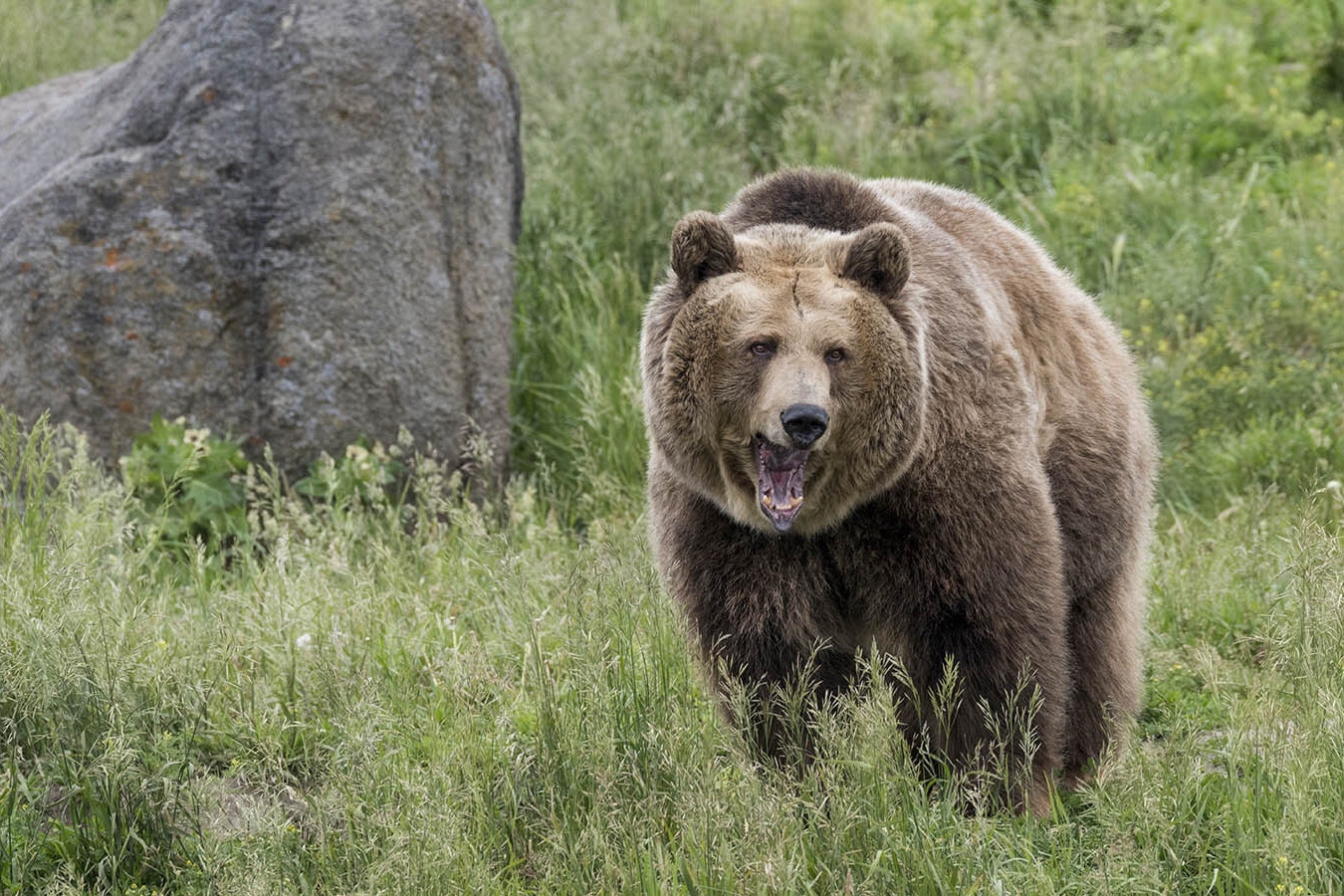Cowboy State Daily - Wyoming News
News
Headlines
View all
Cowboy State Daily Video News: Tuesday, April 16, 2024
Tuesday's headlines include: * Grizzly Confirmed In Wyoming Bighorn Mountains; Was Killed For Attacking Cattle * Uranium Resurgence Is Putting Wyoming On The International Map * PETA Holds Anti-Meat Protest In Cheyenne, No One Shows Up
Wendy CorrApril 16, 2024

Candy Moulton: New Trails and New Stories
New Cowboy State Daily columnist Candy Moulton writes, "These days writing is both my work and my hobby. I tried retiring a couple of times and it didn’t take. So here I am, off on a new trail and a new adventure. I hope you’ll join me as we explore Wyoming and the American West."
Candy MoultonApril 16, 2024

Biden Nearly Unanimous Pick Of Wyoming Democrats
The Wyoming Democratic Party held its primary caucuses across the state Saturday and gave President Joe Biden 322 of the 324 state convention delegate votes. The other two votes went to Colorado resident David Olscamp and "uncommitted."
Leo WolfsonApril 16, 2024
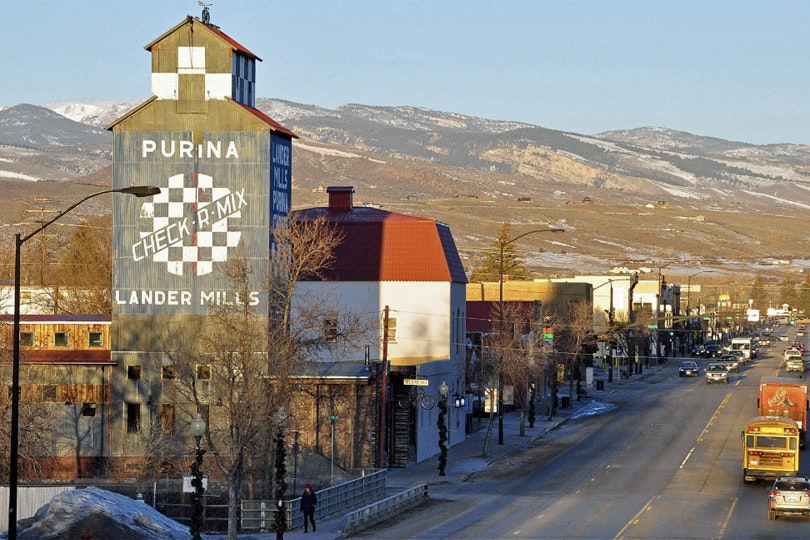
Lander Man Accused Of Killing Drinking Buddy For Making A Pass At Him
A Lander man accused of hitting a drinking buddy in the head with a metal pipe and killing him, allegedly told police he just tried to “knock him out” after the other man made a pass at him and wouldn’t leave.
Clair McFarlandApril 15, 2024

Where’s Dino? Someone Swipes One-Of-A-Kind Sculpture From Cheyenne Yard
A Cheyenne family is asking the community to be on the lookout for Dino, a one-of-a-kind brontosaurus sculpture stolen last week from their fenced-in yard.
Ellen FikeApril 15, 2024

Cheyenne Newcomer Runs For State House, Says Legislature Needs More Young People
A Wyoming native who’s lived in Cheyenne for about a year has announced he is running for the state House. The 31-year-old, who moved to Cheyenne from Sheridan, says the Wyoming Legislature needs more young people.
Leo WolfsonApril 15, 2024

Old Chicago In Cheyenne Closes Without Warning — Even To Employees
The doors to Old Chicago in Cheyenne suddenly closed Sunday without warning or explanation, employees say. They say they showed up to work, were told not to clock-in, and to go home. Other locations in the state remained open.
Renée JeanApril 15, 2024
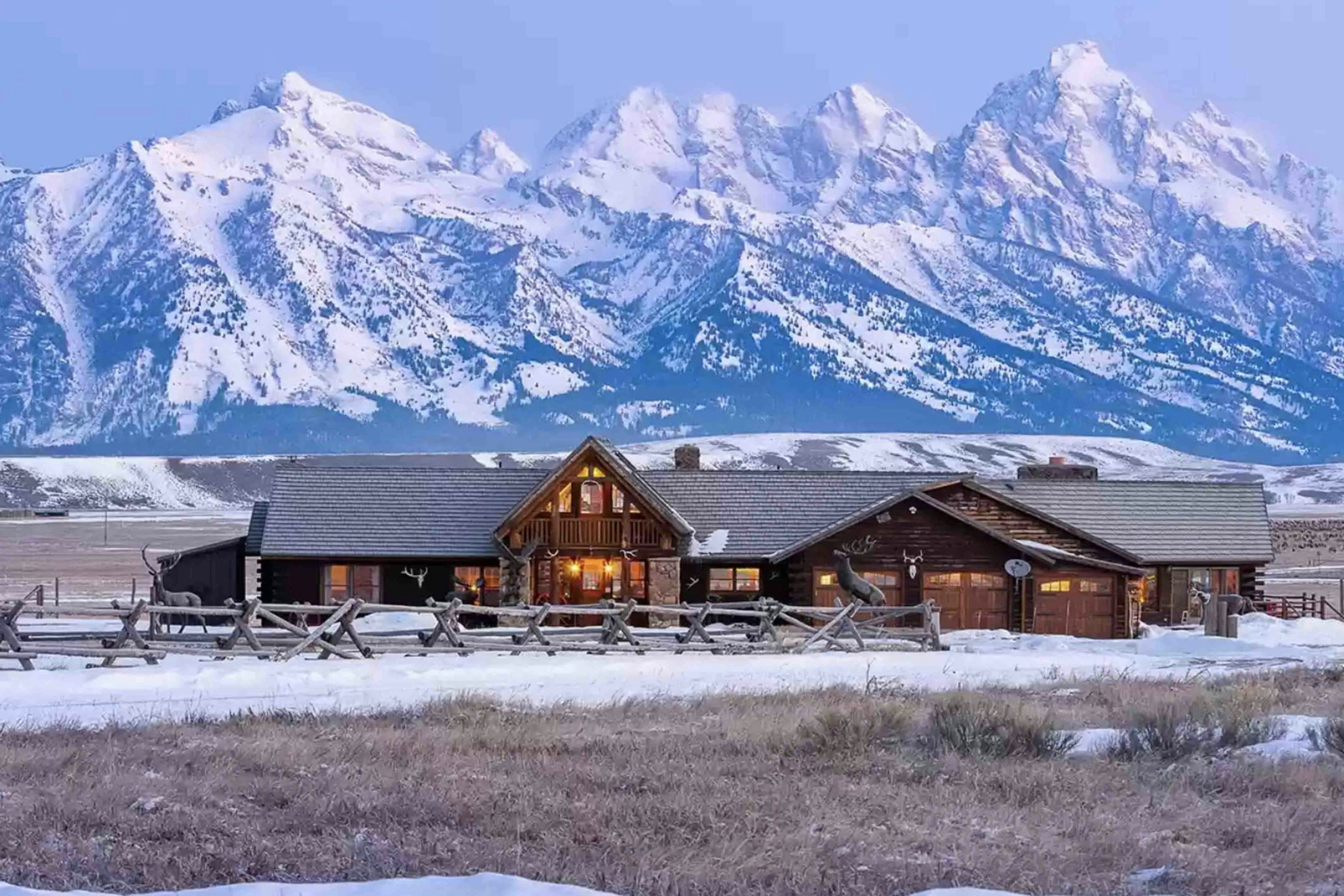
US Supreme Court Ruling Could ‘Have Significant Impacts’ On Jackson Housing Fees
Elected officials have to make sure they’re only charging impact fees that match up to the public’s goals, the U.S. Supreme Court ruled unanimously Friday. Otherwise, the fees amount to government extortion. This could significantly impact Teton County.
Clair McFarlandApril 14, 2024

Sometimes International Tourists In Yellowstone Just Don’t Know What They Don’t Know
From trying to pet the bison to destroying toilet seats, some international tourists visiting Yellowstone aren’t ignoring the rules, they just don’t know what they don’t know, says a cowboy from Wyoming who lived in China.
Jake NicholsApril 14, 2024
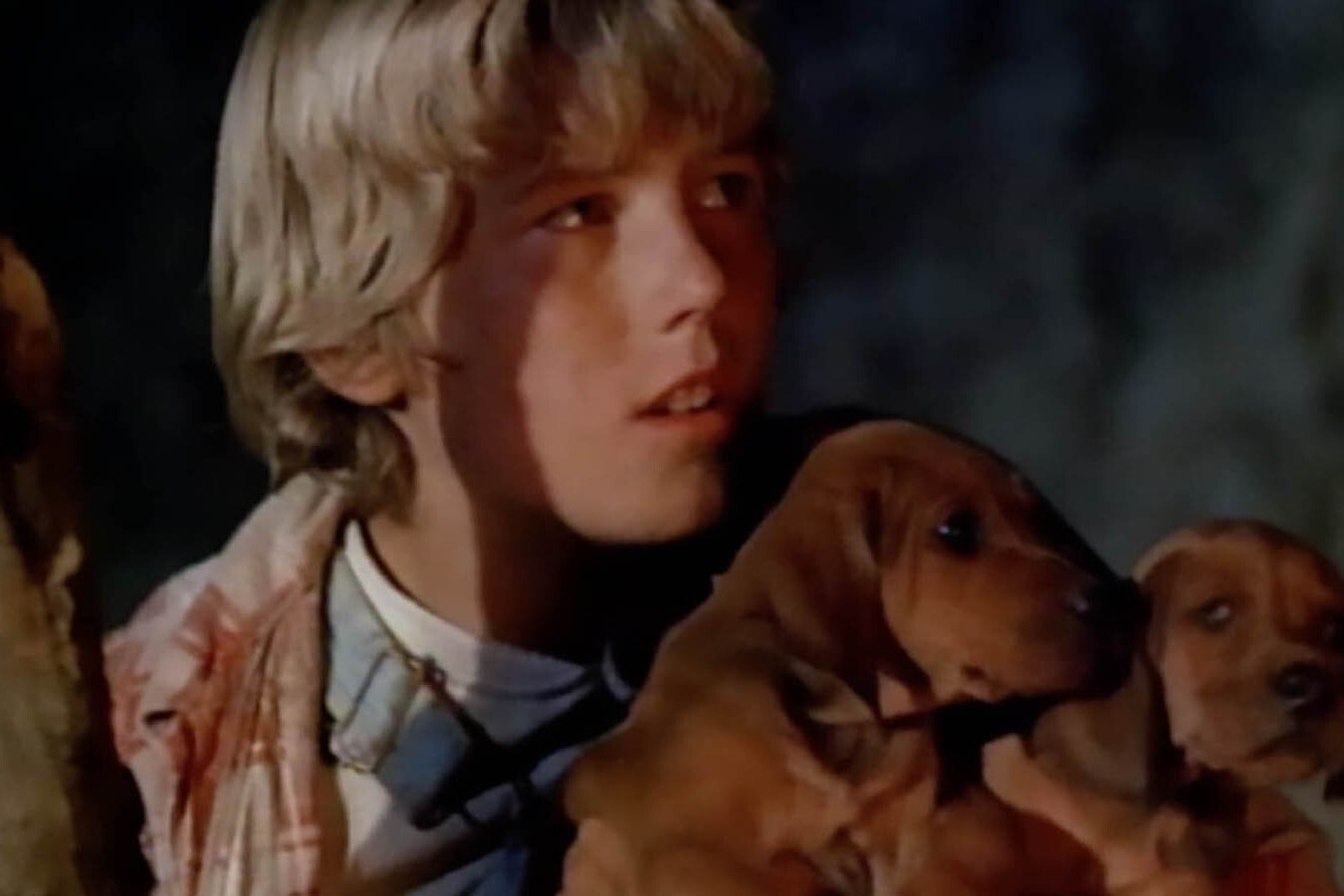
Former Teen Actor Gave Up Hollywood Hills For Wyoming Mountains
Stewart Petersen grew up in Cokeville but found fame as a teen actor in major movies like “Where the Red Fern Grows.” But he gave up acting, preferring Wyoming to Hollywood and has had successful roles as husband, father, building contractor and outfitter.
Dale KillingbeckApril 14, 2024

Small Wyoming Pharmacies Pushed Out Of Business, Say Industry Is Like Mafia
Casper pharmacist Eric Saul says small independent pharmacies are getting squeezed out by super-large companies that squeeze the little guy with mafia-like tactics.
Renée JeanApril 14, 2024

City Work Busts Sewer Line, Nearly Puts Cheyenne Shop Out Of Business
Bohemian Metals, with its eclectic mix of ancient and unique artifacts in downtown Cheyenne, is the dream for owner Brian Snyder that turned into a nightmare when city work on 17th Street nearly put him out of business.
Renée JeanApril 14, 2024
Daily Features
View all
Today's Wyoming sunrise was captured by Ron Barber in the Centennial Valley near Centennial, Wyoming.

Don Day Wyoming Weather Forecast: Tuesday, April 16, 2024
Windy in parts of Wyoming on Tuesday with gusts exceeding 60 mph in some areas. Sunshine in some locations, clouds and rain in others. Highs mostly in the 50s and 60s. Lows mostly in the upper 20s and low 30s.

Daily Cartoon: Tuesday, April 16, 2024
Today's question to Don Day
What approach would you take for alerting you to nearby lightning?
This is a good question as we are now entering the thunderstorm season. Lightning poses very serious risk of death and injury in the Rocky Mountain West and High Plains. This region's high frequency of thunderstorms combined with our high peaks and ridges means westerners at high risk of being impacted by a lightning strike. Lightning DOES NOT follow many rules, you should have deep respect for its dangers and its unpredictability. I believe that lightning risk should taken more seriously in this part of the USA as our outdoor-driven lifestyles (both work and recreation) put us at a higher risk. While the odds of being struck by lightning is 1 in 1,222,000, the USA averages 43 deaths per year from lightning strikes. The four states with the most lightning-related fatalities are Florida, Texas, Colorado, North Carolina and Alabama. While Wyoming and other Rocky Mountain states are not in the top tier of the statistics, that does not mean that lightning risk is low. In fact, many of the mountain west states and plains states report lightning deaths and injuries every year. The higher populated states where thunderstorms are most common (ie, Florida...think of flat terrain and lots of golf courses and beaches, Texas, lots of people and lots of thunderstorms, etc.) have the higher numbers of deaths/injuries. Therefore, don't look too far into the statistics to assess risk. Below are several tips to alert yourself to possible nearby lightning here in the west, the best resource for lightning safety is listed in the link below. I strongly urge everyone to print out these safety rules from the link and share with family and friends, print them out and put in your backpack, truck, etc. 1.) Stay informed...know the forecast and heighten your senses during the time of year when thunderstorms are most common (spring to early fall). 2.) The majority of thunderstorms in this part of the USA occur early afternoon through late evening, many times starting over the mountains first.. Avoid that time of day of being outdoors if thunderstorms are in the forecast. For example, the time to climb the summit of Medicine Bow Peak, Grand Teton, Cloud Peak, etc., is not at noon or 1 p.m. (take advantage of the mornings for your mountain hike). 3.) There are several personal lightning detectors available for purchase and other systems for businesses, check them outline. 4.) There are numerous apps (ie, Lightning Pro) for your smartphone that are a great resource for tracking thunderstorms and lightning, but keep in mind there cannot accurately predict where a lightning strike will occur. 5.) Check https://www.lightningmaps.org/ to find areas of lightning activity. Link to Lightning Safety PDF: https://www.weather.gov/media/owlie/backcountry_lightning.pdf
Opinion
Dave Simpson: Exposed When The Tide Went Out
Opinion by Dave Simpson
Rod Miller: Big Iron, Little Hips & Gunplay Around The Ol’ Campfire
Opinion by CSD Staff
Bill Sniffin: RIP Dave Kellogg, Tall In The Saddle For Good Works In Wyoming
Opinion by Bill Sniffin
Rod Miller: A Broncpeeler in Drag
Opinion by Rod Miller
Dennis Sun: A Study In Carbon
Opinion by Dennis Sun
Opinion
View all
Rod Miller: Big Iron, Little Hips & Gunplay Around The Ol’ Campfire
Columnist Rod Miller writes, "'Where the hell is my big cookin’ pot?' Cookie brandished a butcherknife at the hands gathered around the ol’ campfire. Latigo Lou from Lingle answered, 'That li’l Secretary of State feller, the one that wants to be governor, he took it down to the creek for target practice.'”
CSD StaffApril 14, 2024

Bill Sniffin: RIP Dave Kellogg, Tall In The Saddle For Good Works In Wyoming
Columnist Bill Sniffin writes: “Dave Kellogg was sitting in his favorite chair looking out the window at those wonderful mountains. When Carol found him, he had a scotch poured but untouched on the table beside him. The only thing missing was 'a damned good cigar.'"
Bill SniffinApril 13, 2024

Sally Ann Shurmur: On The Eclipse And That Girl — The Sun, The Moon, And One Of One
Columnist Sally Ann Shurmur writes, "The same news guys who told us nightly in 2020 that we were all going to die if we had human contact and didn’t get continuous jabs were now brought to tears by the moon playing hide and seek with the sun."
Sally Ann ShurmurApril 11, 2024
Wyoming Life
View all
Wyoming History: Casper Air Base Was Last Stop For WWII Bomber Crews Heading To War
Dale KillingbeckApril 14, 2024
Man Wants Amoco Refinery Steam Whistles To Sound Off Across Casper Again
Dale KillingbeckApril 14, 2024
Wyoming History: One Of Casper’s Most Upstanding Citizens Also A Huge Bootlegger
Dale KillingbeckApril 13, 2024
Wyoming’s Own Ian Munsick Returns Home With ‘Real West’ Country Music
Renée JeanApril 13, 2024
Blue-Collar Work Ethic Propels Wyoming Kids To National Hockey Championship
Dale KillingbeckApril 13, 2024
Outdoors
View all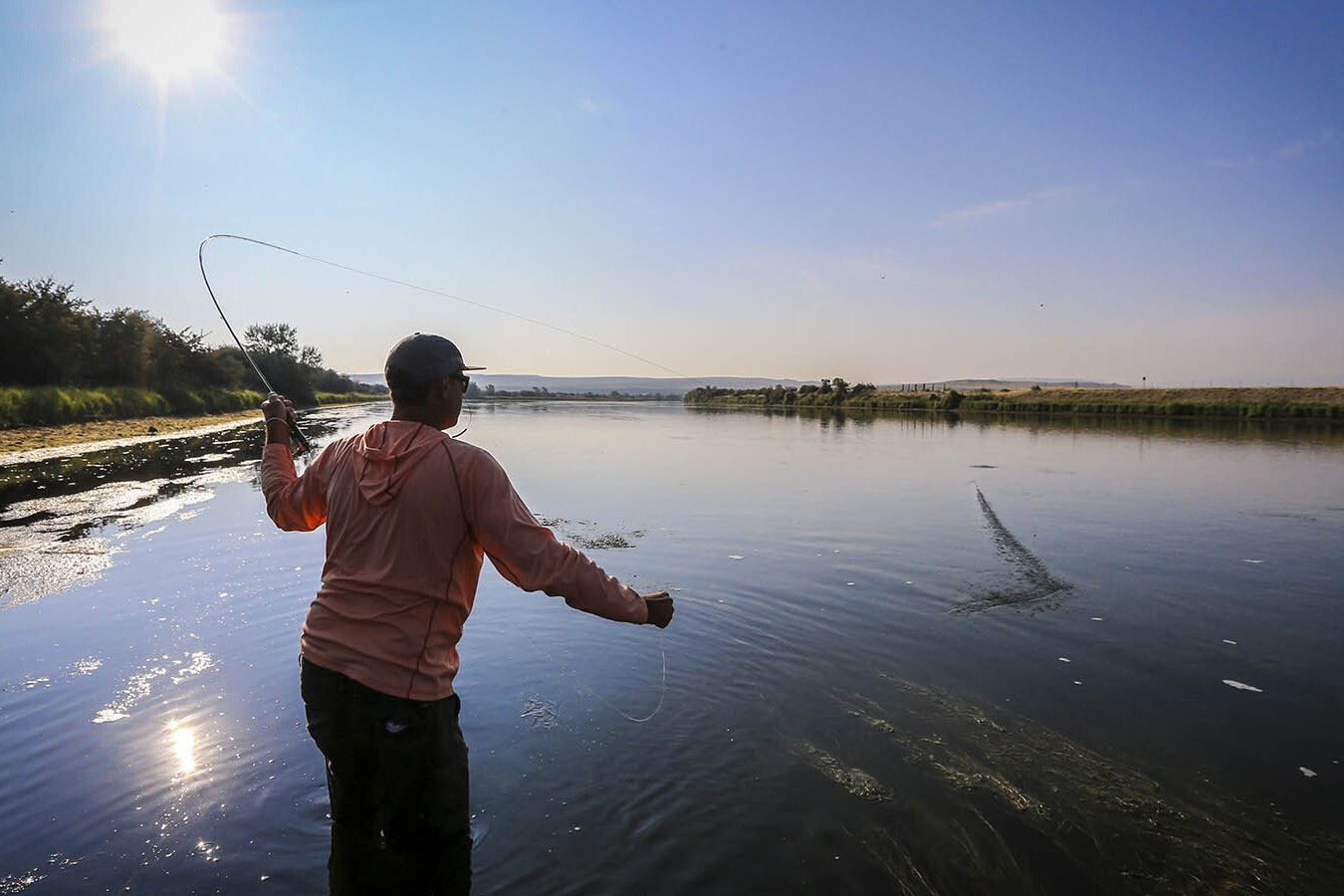
Wyoming’s Famed North Platte Fly Fishing Is Local Guide’s Office
Dale KillingbeckApril 14, 2024
Shocking Video Shows Cody Roberts Kissing Weak, Injured Wolf In Wyoming Bar
Jimmy Orr & Greg JohnsonApril 13, 2024
Disturbing Video Released By Game And Fish Shows Tortured Wyoming Wolf
Mark HeinzApril 11, 2024
Advocacy Groups Could Use Wolf Torment To Push For Re-Listing Wolves
Mark HeinzApril 10, 2024
Investigation Could Lead To More Charges For Accused Wyoming Wolf Tormentor
Mark HeinzApril 10, 2024
Crime & Courts
View all
AI A New Cyber Threat To Wyomingites, Who Were Scammed Out Of $14 Million
Jen KocherApril 14, 2024
Sheridan Man Arrested For Stash Of Printed Guns, Home-Grown Marijuana
Clair McFarlandApril 12, 2024
Casper Officials Rally Against ‘Fight Culture’ That Led To Teen’s Stabbing Death
Dale KillingbeckApril 12, 2024
Gillette Woman Accused Of Stashing Meth In Pepsi Bottle, Herself
Clair McFarlandApril 12, 2024
Why A Cheyenne Credit Union Didn’t Cash Woman’s $1 Million Check
Clair McFarlandApril 12, 2024

